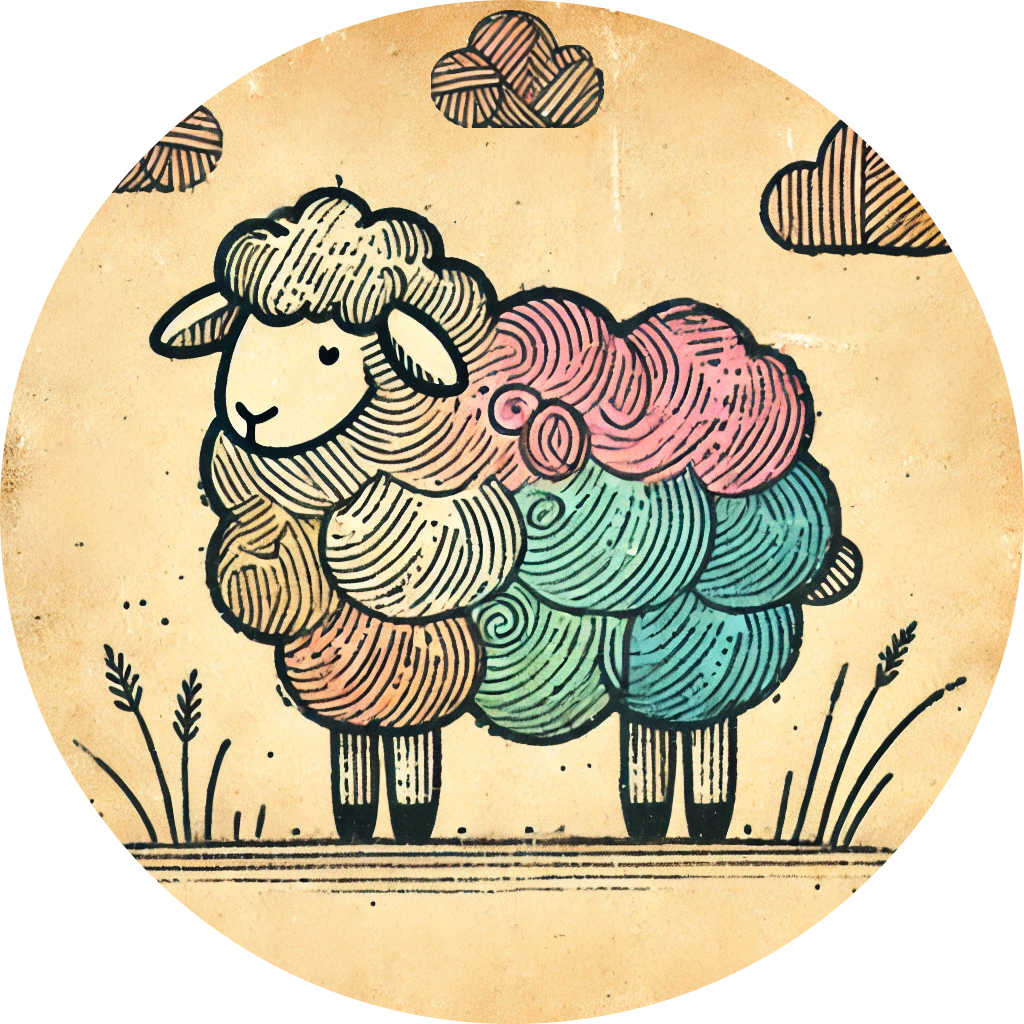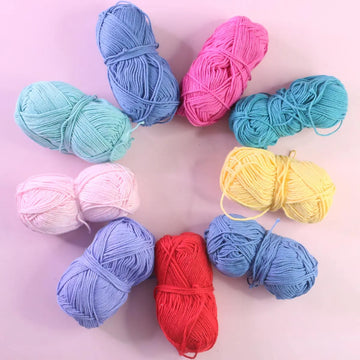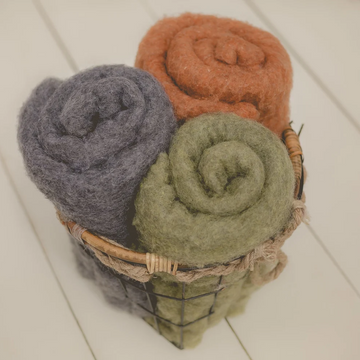
Silk has long been valued for its luxurious feel, strength, and natural sheen. Among all types of silk, Mulberry silk is considered the highest quality, known for its smooth texture, durability, and hypoallergenic properties. However, while silk is a natural fiber, it is not always eco-friendly—especially in conventional production.
In this blog, we’ll explore why silk is not always sustainable, what makes Mulberry silk special, and the most eco-friendly silk options available for conscious crafters.
What Is Mulberry Silk?
Mulberry silk is produced by the Bombyx mori silkworm, which is exclusively fed Mulberry leaves—hence the name. This specialized diet results in silk fibers that are:
✔️ Incredibly fine and smooth – No irregularities in texture, making it softer than other types of silk.
✔️ Extremely strong – One of the most durable natural fibers.
✔️ Naturally hypoallergenic – Resistant to dust mites, mold, and mildew.
✔️ Highly breathable and temperature-regulating – Keeps you warm in winter and cool in summer.
✔️ Moisture-wicking – Absorbs sweat while keeping skin dry.
✔️ Long-lasting with proper care – Outlasts many other fibers in durability.
Mulberry silk is commonly used in luxury textiles, bedding, scarves, and high-end garments, thanks to its exceptional softness and sheen.
Why Silk Is Not Always Eco-Friendly
While silk is a natural fiber, its production process raises ethical and environmental concerns:
🐛 The Traditional Silk Harvesting Process Involves Killing Silkworms
In conventional Mulberry silk production, the silkworms are boiled or steamed alive inside their cocoons to extract long, unbroken silk fibers. This is a major concern for those who seek cruelty-free alternatives.
💧 Water-Intensive Processing
Silk production requires large amounts of water, both for:
- Feeding Mulberry trees (which need irrigation in non-rainforest climates).
- Processing silk fibers, including washing, degumming, and dyeing.
🌿 Chemical Use in Conventional Silk Production
- Harsh chemical dyes and bleaching agents are often used to achieve vibrant colors.
- The silk degumming process (removing sericin, a natural protein) can involve chemicals that pollute water sources.
🚚 High Carbon Footprint Due to Transportation
Since most silk comes from China, India, and Thailand, it often travels long distances before reaching global markets, increasing its carbon footprint.
The Most Eco-Friendly Silk Options
If you love the luxurious feel of silk but want a more sustainable option, consider these eco-conscious alternatives:
1️⃣ Peace Silk (Ahimsa Silk) – The Cruelty-Free Option
🔹 Also known as Ahimsa silk, this method allows silkworms to complete their natural life cycle before harvesting the cocoons.
🔹 The fiber is slightly shorter and more textured than conventional Mulberry silk.
🔹 It is still not 100% sustainable, but it significantly reduces harm to silkworms.
2️⃣ Organic Silk – A Chemical-Free Alternative
🔹 Produced without synthetic pesticides, chemical dyes, or heavy metals in processing.
🔹 Ensures Mulberry trees are grown sustainably without harming the environment.
🔹 Often certified by GOTS (Global Organic Textile Standard) for transparency.
3️⃣ Recycled Silk – A Zero-Waste Option
🔹 Made from waste silk fabric, yarn, or remnants, reducing textile waste.
🔹 Requires no new silkworms to be raised.
🔹 Can include colorful, textured silk blends from old saris or fabric scraps.
4️⃣ Tussah Silk – A More Sustainable Wild Silk
🔹 Comes from wild silkworms that feed on natural leaves, without intensive farming.
🔹 The silk is naturally golden in color and more textured.
🔹 It is less intensive than Mulberry silk farming, but still involves traditional cocoon processing.
5️⃣ Plant-Based Silk Alternatives
For those looking for vegan options, Tencel (Lyocell), bamboo silk, or banana silk can mimic the softness and sheen of silk without using animal-based fibers.
How We Approach Silk at Knitted Clouds
At Knitted Clouds, we prioritize ethically sourced, sustainable fibers, including:
✔️ Silk from responsible suppliers who use minimal-impact production methods.
✔️ Blends of silk with organic or recycled fibers to reduce environmental strain.
✔️ Alternatives to conventional Mulberry silk, such as Ahimsa silk, Tussah silk, and recycled silk.
While no silk is 100% sustainable, we strive to offer the best possible balance between luxury, ethics, and environmental responsibility.
Final Thoughts: Is Silk a Sustainable Choice?
🌿 Mulberry silk is luxurious, durable, and naturally hypoallergenic—but traditional production has ethical and environmental drawbacks.
🐛 If you’re looking for a more responsible option, consider Peace Silk, organic silk, or recycled silk.
🌎 For a truly eco-friendly alternative, plant-based silk substitutes like Tencel or bamboo silk may be the best choice.
At Knitted Clouds, we are committed to sourcing silk that aligns with our values of sustainability, transparency, and ethical production.
🧶 Looking for responsible silk options? Explore our silk collection here!






